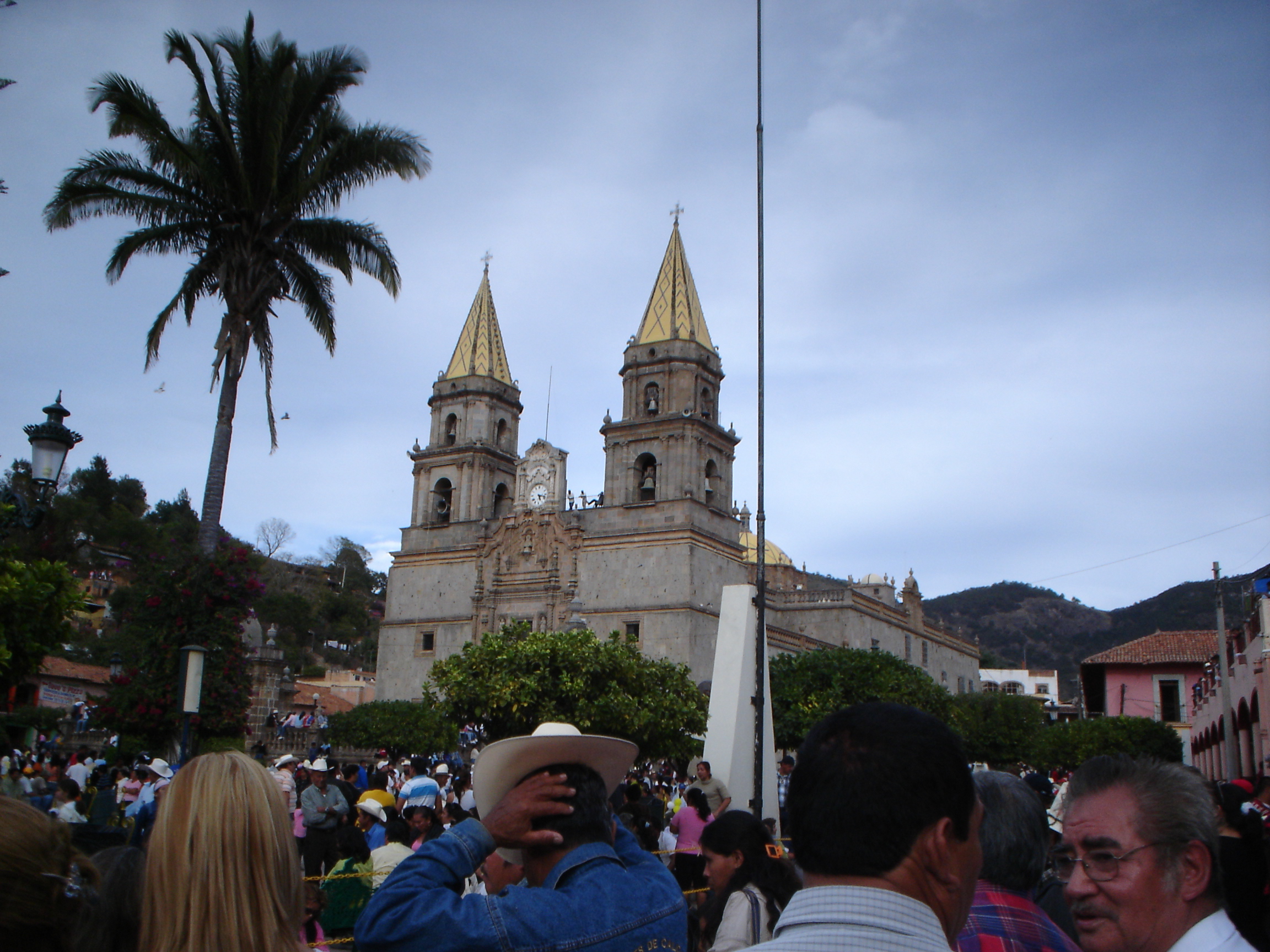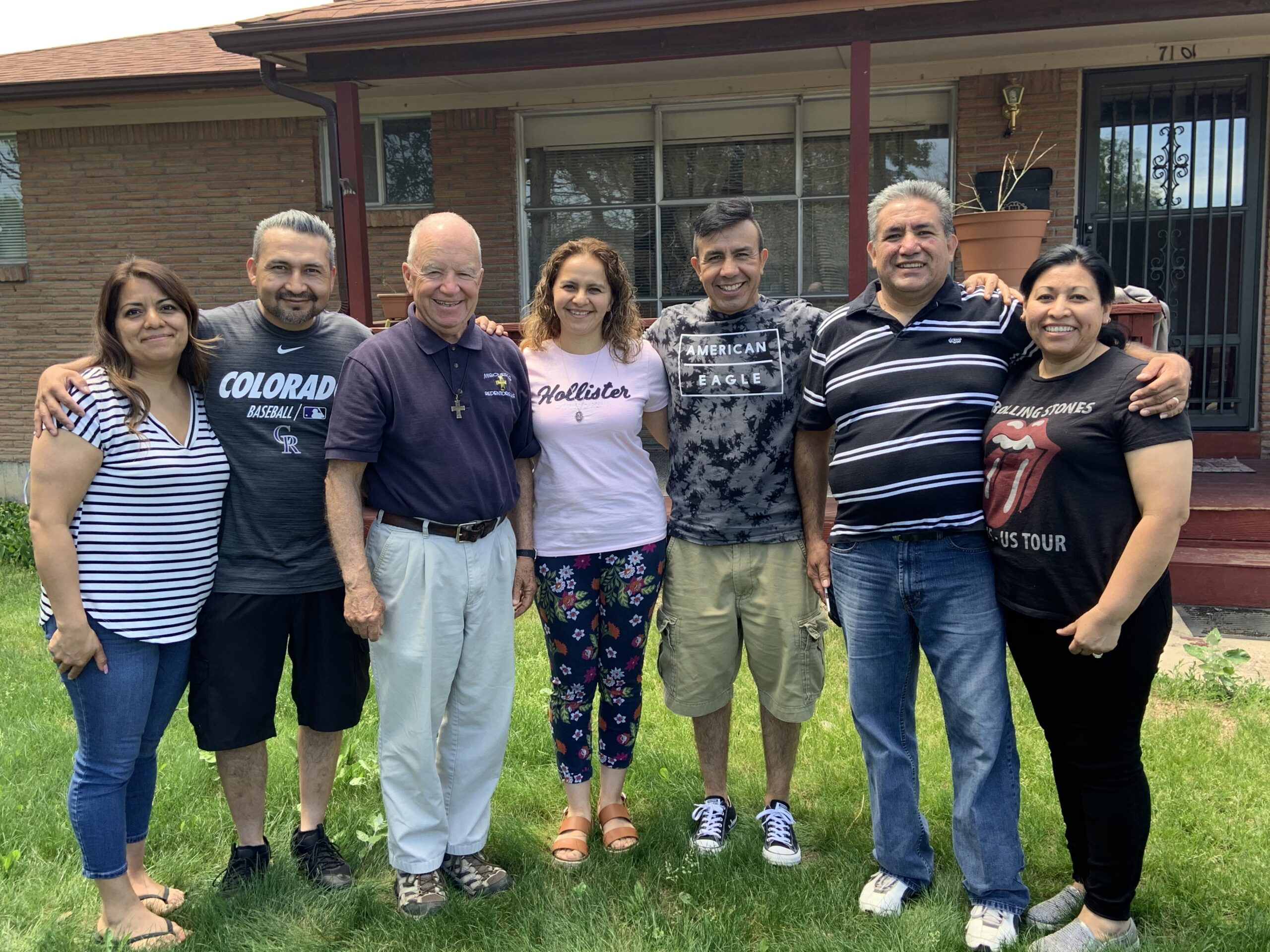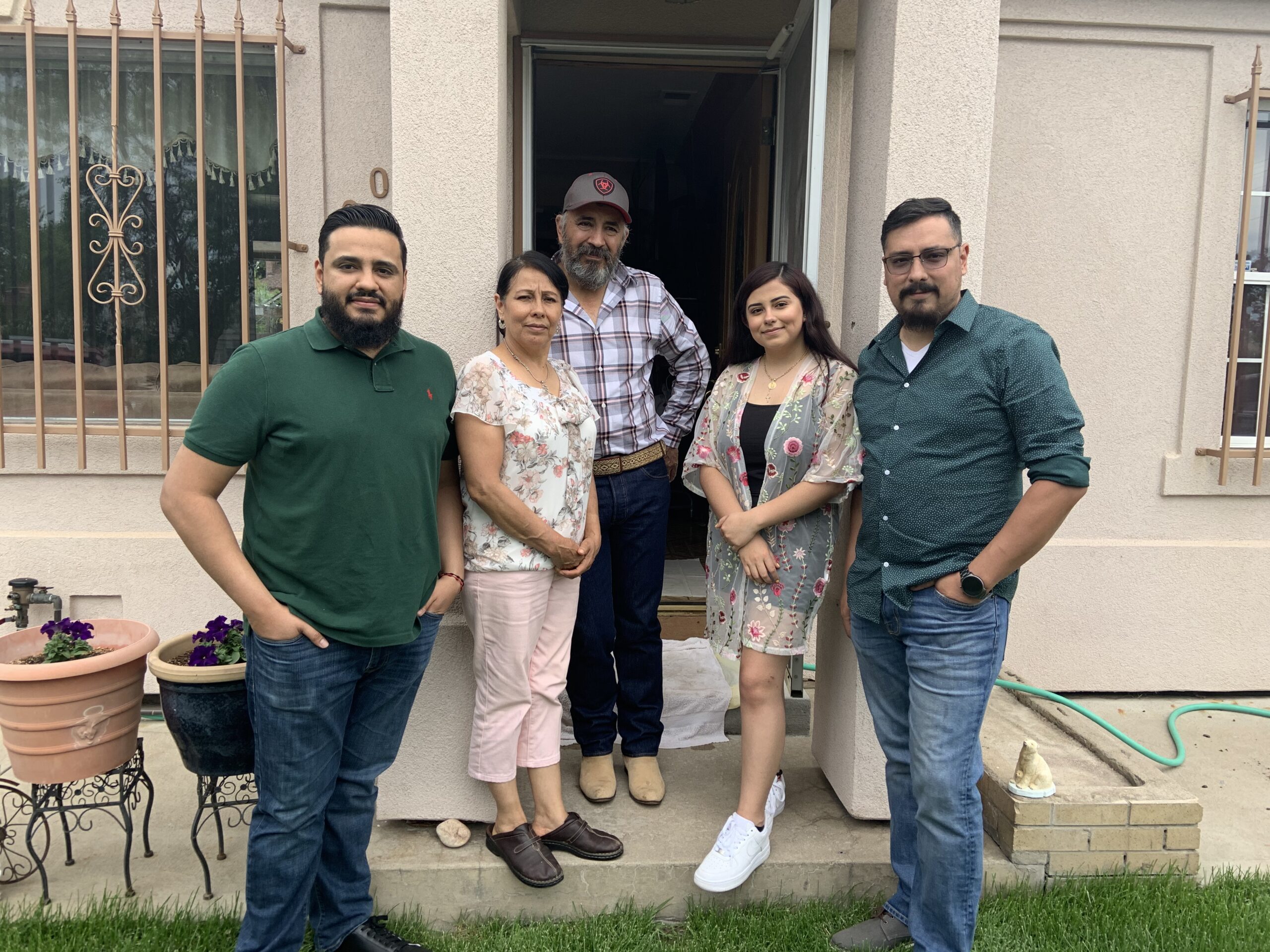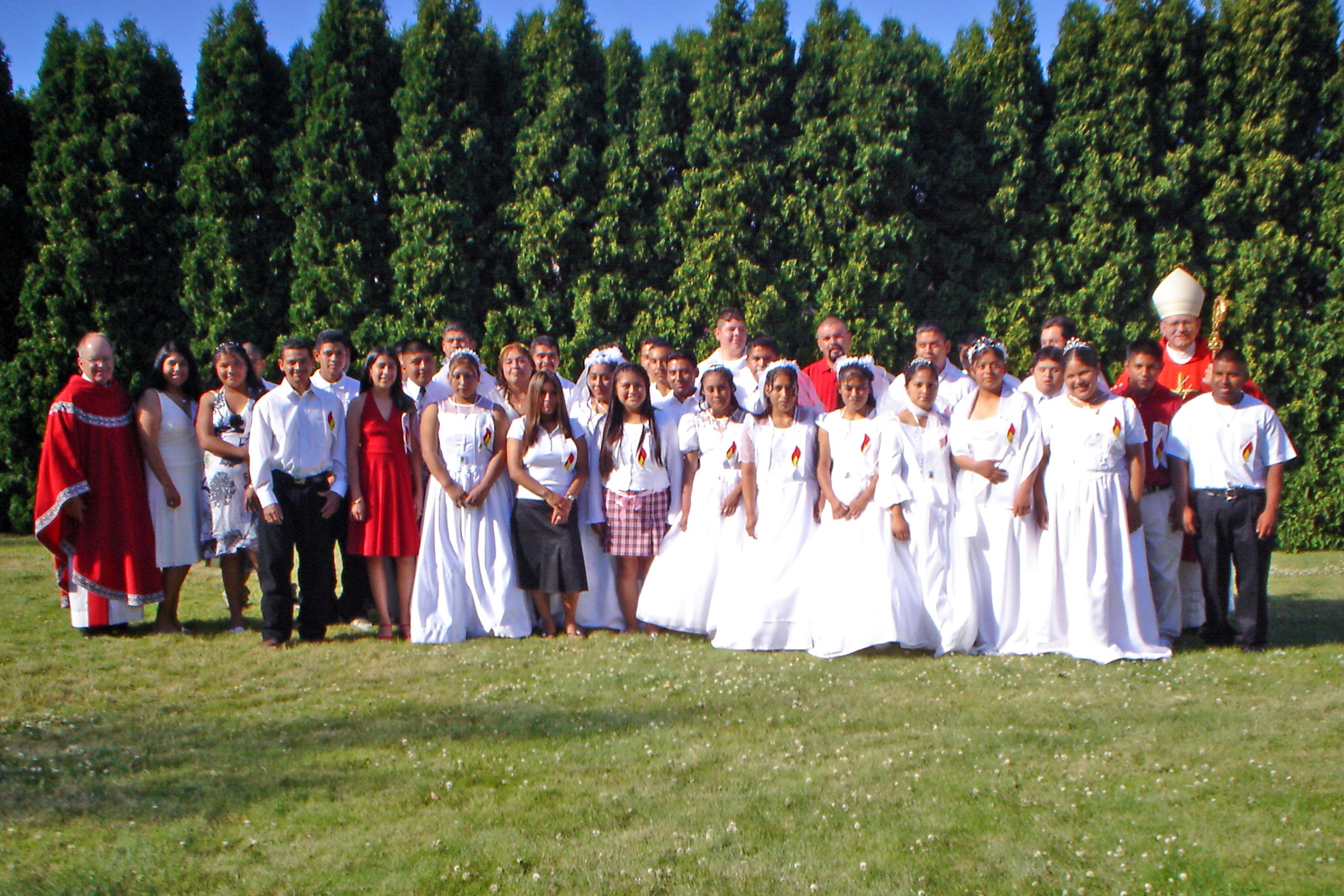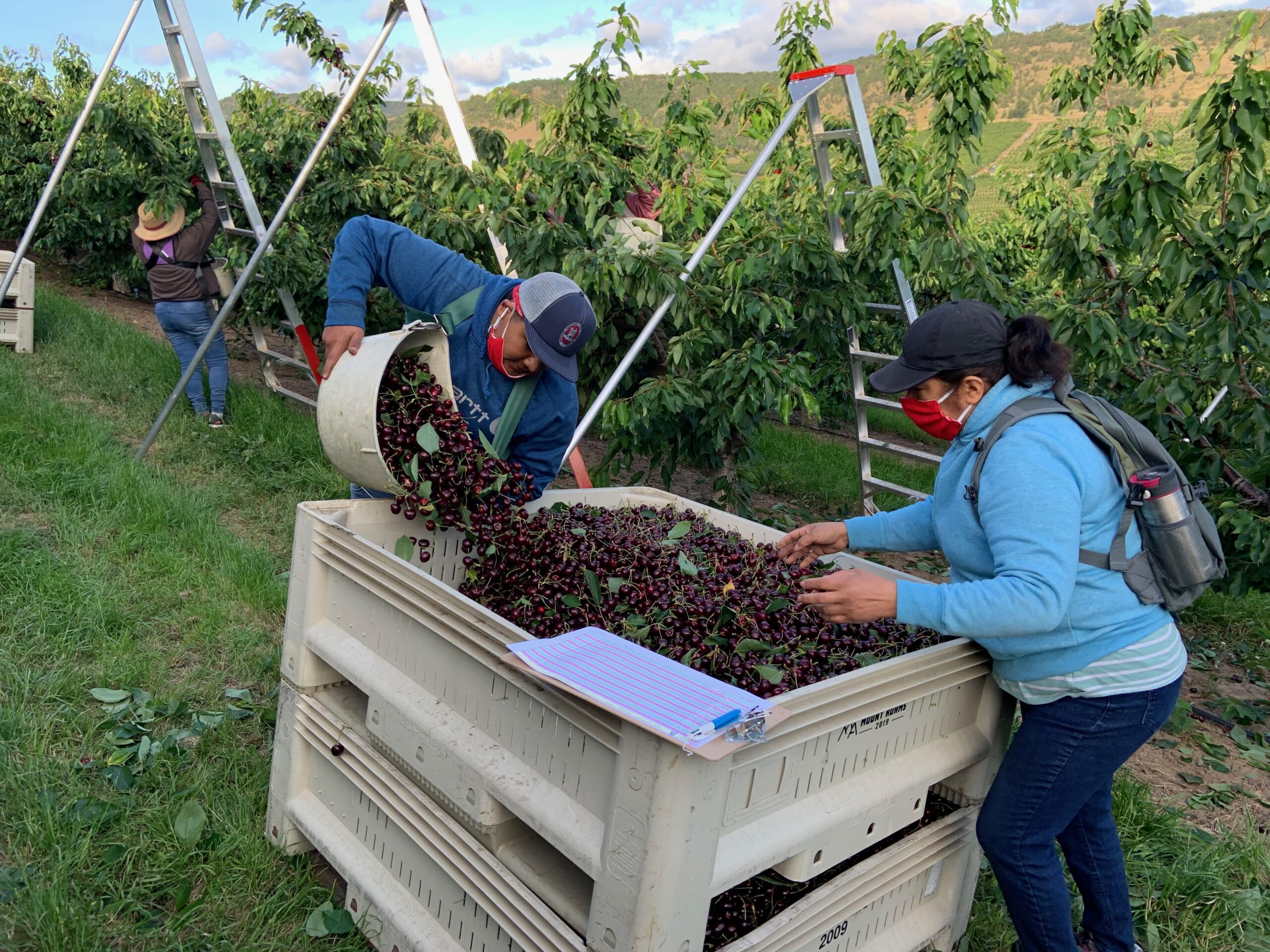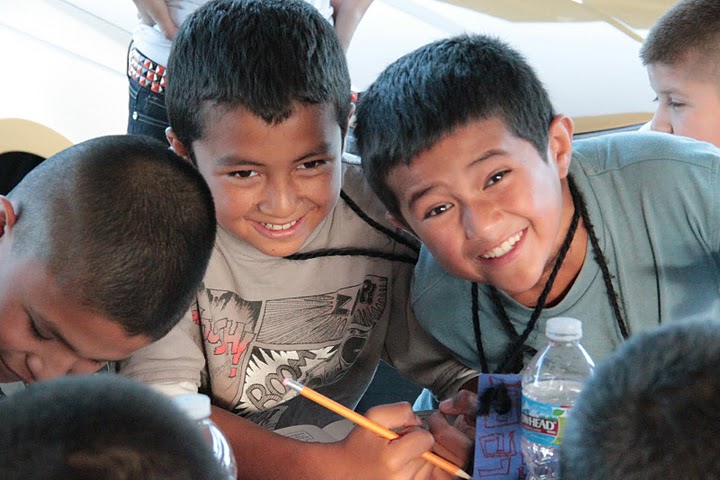18. Lent: Santuarios y Evangelización – Shrines and Evangelization
Santuarios y evangelización
Una de las alegrías de mi vida en el ministerio es caminar con la gente en peregrinación a uno de los santuarios de México. He participado cuatro veces en peregrinaciones al Santuario de Nuestra Señora del Rosario en Talpa de Allende, Jalisco. Peregrinamos 100 millas por seis días en las hermosas montañas de Jalisco. Nuestro grupo cubre la ruta en seis días. Como sacerdote en peregrinación, mucha gente pregunta: “Padre, ¿podemos hablar?”. La gente quiere su momento con el sacerdote para recibir consejo y confesión. El viaje les da a las personas un tiempo para dejar el mundo loco y tomarse un tiempo para considerar nuestra relación con lo divino. Al hablar con el sacerdote, la gente quiere saber cómo vivir mejor en su familia, comunidad e iglesia.
Hay momentos educativos en el viaje en los que las personas comparten las ideas de su fe, pero lo más importante es ganar la motivación para vivir conscientemente más fiel, amando a nuestro Señor y a nuestros seres queridos.
La historia de cada santuario en México es única. Ir en peregrinación ha enriquecido inmensamente mi caminar con los fieles católicos mexicanos. El desfile de una fiesta es inspirador, pero me impresiona el papel que desempeñó el santuario en la evangelización de las comunidades circundantes. Caminando de Cuastecomate a Talpa, muchas personas aumentan sus fincas ofreciendo hospitalidad y vendiendo comida a los peregrinos. Para muchos en el camino, la presencia de los peregrinos apoya su contacto con la Iglesia, aunque a menudo no puedan asistir a las Misas. Para las personas que viven en lugares remotos, el santuario es su “parroquia”, aunque solo vean a un sacerdote de vez en cuando. Cada una de las pequeñas comunidades tiene una iglesia o capilla. Los catequistas y sacristanes laicos sostienen la vida de fe en lugares remotos.
Históricamente, los santuarios fueron una base para las comunidades religiosas y sacerdotes para sus misiones en comunidades remotas. Los numerosos santuarios pequeños, estatuas y cruces a lo largo de los senderos apoyan la fe católica de personas a menudo apartadas de los servicios y la catequesis de la iglesia. Los muchos santuarios de México sostienen a muchas personas en su fe.
(Mañana: Evangelización de gente indígena)
Sigo buscando ayuda
Ayúdame a preparar un programa sacramental para niños con necesidades especiales y tiempo limitado de preparación.
Pregunta de hoy para la reflexión: ¿Cuáles prácticas sostienen su vida espiritual?
Por favor comparte conmigo tus recuerdos. Escribir a: [email protected]
Shrines and Evangelization
One of the joys of my life in ministry is walking with people on a pilgrimage to one of the shrines of Mexico. I have participated four times in pilgrimages from Tepic, Nayarit to the shrine of Our Lady of the Rosary in Talpa de Allende, Jalisco. Our journey is 100 miles in the beautiful mountains of Jalisco. Our group covers the route in six days. As a priest on a pilgrimage, many people ask, “Padre, can we talk.” People want their moment with the priest for counsel and confession. The journey gives people a time to leave the busy world to take time to consider our relationship with the divine. When speaking with the priest, people want to know how to live better in their family, community and church.
There are educational moments on the journey as people share the ideas of their faith, but more important is gaining the motivation to consciously live more faithfully, loving our Lord and our loved ones.
The history of each shrine in Mexico is unique. Going on pilgrimage has immensely enriched my walk with the Mexican Catholic faithful. The pageant of a feast is inspiring, but I am impressed in the role that the shrine played in evangelizing the surrounding communities. Walking from Coastecomate to Talpa, many people subsidize their farms by offering hospitality and selling food to the pilgrims. For many on the way, the presence of the pilgrims supports their contact with the Church, even though they may not often be able to attend Masses. For people in remote places, the shrine is their “parish” even while they may only see a priest from time to time. Each of the tiny communities has a church or chapel. Lay catechists and sacristans sustain the life of faith in remote places.
Historically, the shrines were a base for religious communities and priests for their missions to remote communities. The many small shrines, statues and crosses along the trails support the Catholic faith of people often removed from church services and classes. The man shrines of Mexico sustain many people in their faith.
(Tomorrow: Evangelization of indigenous people)
Still looking for help
Help me prepare a sacramental program for children with special needs and limited time for preparation.
Today’s question for reflection: What practices support your spiritual growth?
Please share with me your memories. Write to: [email protected]
Oh Jesús, tú nos llamas: “Síganme”. Bendice, Señor, a todos los que acogen tu llamado. Puede que el camino no sea fácil, pero tenemos la confianza de que todo es posible si caminamos contigo. Que este viaje nos abra los ojos a las maravillas de tu amor por nosotros. Oramos por toda tu gente, por todos los creyentes e incrédulos, por los líderes y seguidores. Oramos por la sanación, el perdón, la compasión, la justicia y la paz. Oramos para que, al seguirte, nosotros también podamos ser pescadores de hombres. Bendícenos en nuestro viaje.
O Jesus, you call us, “Come after me.” Bless, O Lord, all who welcome your call. The path may not be easy, but we have confidence that all things are possible if we walk with you. May this journey, open our eyes to the wonders of your love for us. We pray for all your people, for all believers and unbelievers, for leaders and followers. We pray for healing, for forgiveness, for compassion, for justice, for peace. We pray that as we follow you, we too can be fishers of men. Bless us on our journey.
